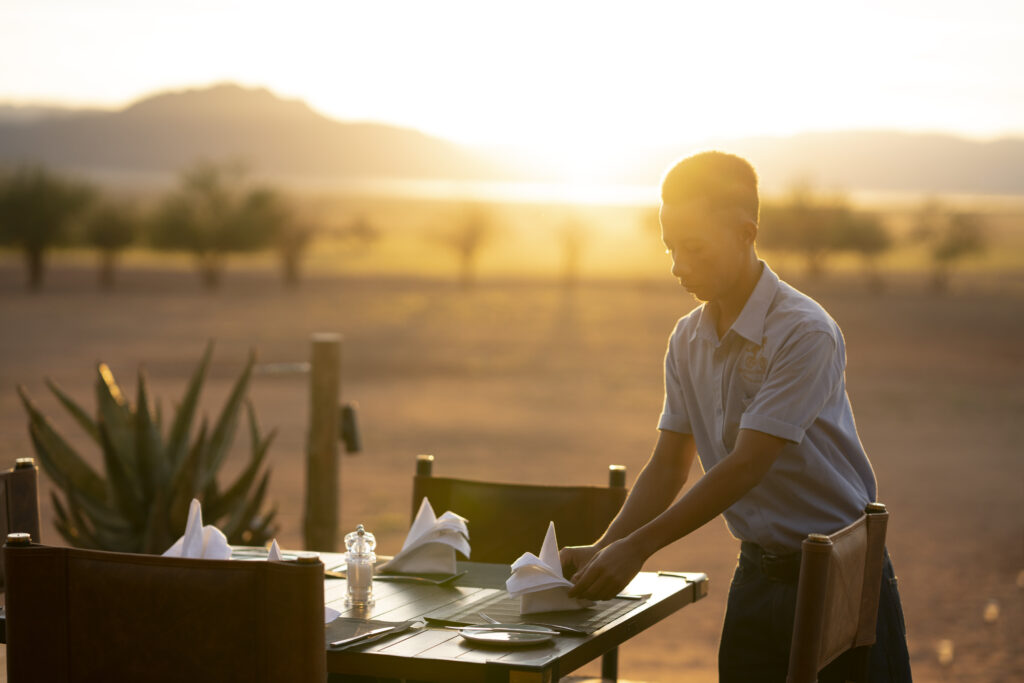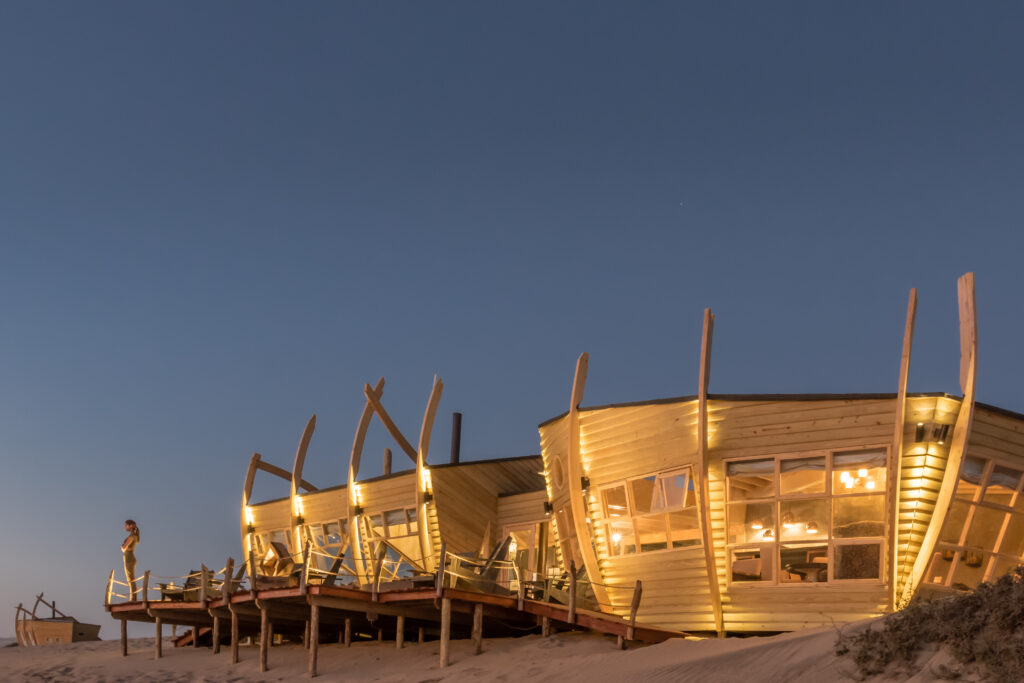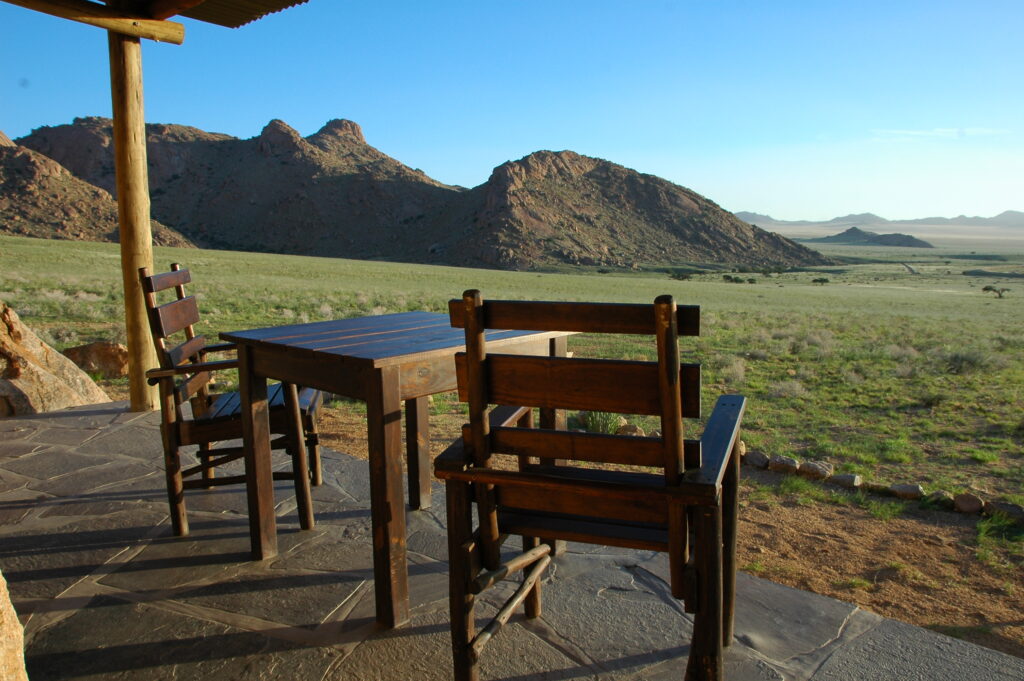Traditional Namibian cooking is a culinary journey that reflects the rich cultural tapestry and unique geographical conditions of this southern African nation. Namibia’s cuisine is a blend of indigenous flavors, European influences from German and South African colonization, and the practicality of desert living. Here, I’ll provide you with an overview of some key aspects of traditional Namibian cooking.
Staple Foods:
Maize (Mahangu): Mahangu is a type of pearl millet and is a staple in Namibian diets. It’s ground into a fine flour and used to make a porridge-like dish called “oshifima” or “pap.” This is often served with a variety of stews and meat dishes.
Meat: Namibia is known for its high-quality meat, particularly game meats such as venison (kudu, springbok, oryx) and beef. Grilled or roasted meats are common in Namibian cuisine.
Stews and Soups:
Potjiekos: This is a popular Dutch-influenced dish in Namibia. It’s a slow-cooked stew made with a variety of meats and vegetables, often simmered in a cast-iron pot over an open fire.
Kapana: A street food favorite, kapana is a spicy grilled meat dish, similar to a kebab. It’s seasoned with a variety of spices and served with a choice of sauces and bread.
Indigenous Ingredients:
Wild Greens: Various types of wild greens, like “morogo,” are foraged and used in traditional cooking. They are often sautéed or boiled and served as a side dish.
Oysters: Namibia’s coastline is rich in seafood, and oysters, in particular, are a delicacy. They are often enjoyed fresh with lemon or hot sauce.
German Influences:
Namibia’s colonial history has left a lasting impact on its cuisine. German influences are evident in dishes like “Wiener Schnitzel” and various types of bread, including “Swakopmund bread,” which is a crusty, dense loaf.
Baking and Desserts:
Potato Salad: A common side dish in Namibian meals, often served at braais (barbecues).
Kuchen: A German-inspired cake or pastry that is enjoyed as a dessert or with coffee.
Beverages:
Windhoek Lager: This popular Namibian beer is a well-known local brew.
Rooibos Tea: While not exclusive to Namibia, rooibos tea is a popular beverage choice.
Food Preparation:
Cooking methods vary from open-fire grilling and roasting to slow simmering. Traditional techniques are often used, especially in rural areas.
Cultural Significance:
Sharing meals is an important cultural tradition in Namibia, fostering a sense of community and togetherness.
Namibian cuisine is a testament to the country’s diverse heritage and the resourcefulness of its people in adapting to their unique environment. It’s a delightful blend of flavors that represents the heart and soul of this beautiful African nation. Whether you’re savoring grilled game meat in the savannah or enjoying a hearty bowl of oshifima in a local home, Namibian cooking offers a taste of the country’s rich history and warm hospitality.









